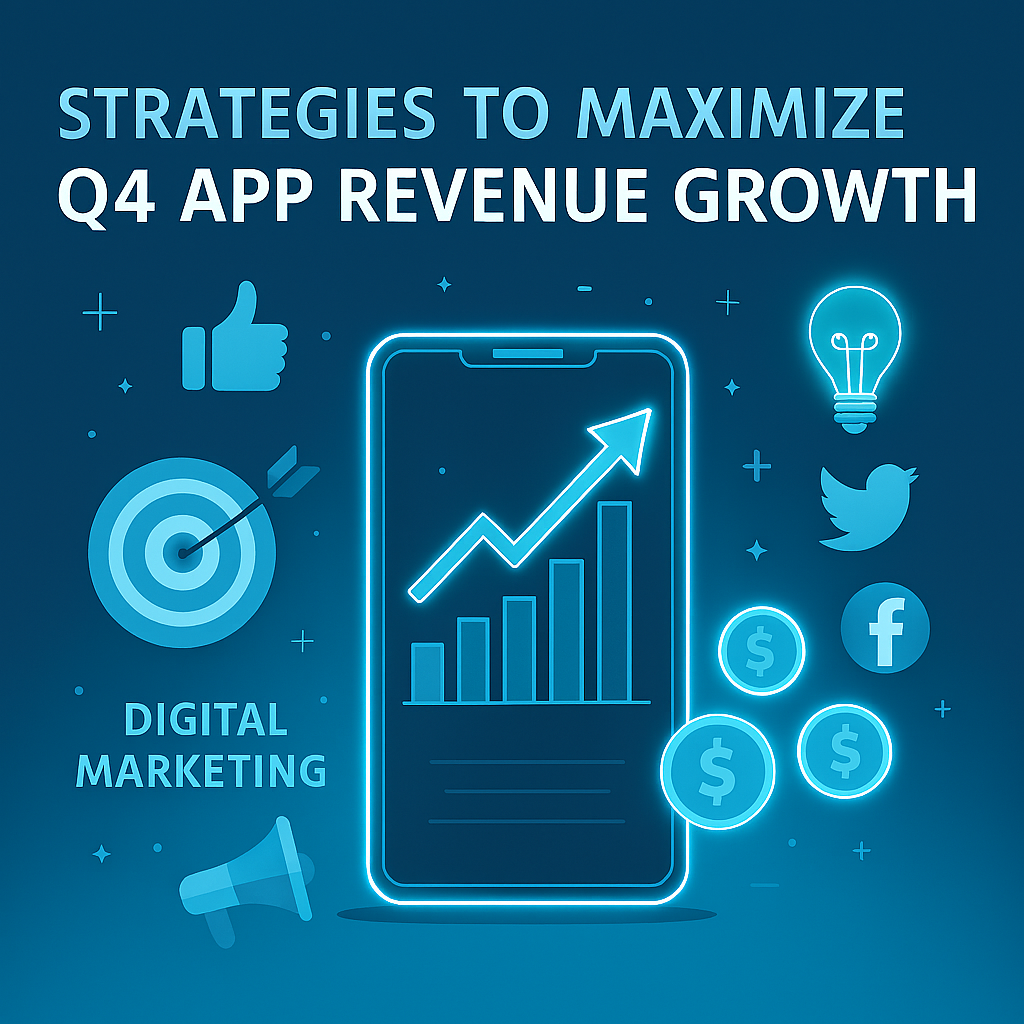- What is CPI in Mobile Gaming?
- What influences Mobile Games CPI?
- Average CPI based on Mobile Games Categories
- Strategies to improve CPI performance
- Conclusion
Optimizing your user acquisition budget is essential for boosting your Return on investment (ROI) and achieving your game's success. By implementing a carefully structured and optimized user acquisition strategy, you can effectively engage your target audience, increase installs, and ultimately grow your revenue.
A crucial metric to focus on when refining your marketing budget is the Cost per Install (CPI). Understanding the concept of CPI and its impact can offer important insights into how well your marketing campaigns are performing.
CPI is a crucial metric for mobile game developers and marketers because it provides valuable insights into the effectiveness of their marketing campaigns and helps them assess the return on investment (ROI) for various marketing channels or strategies.
CPI refers to the average cost that developers have to pay for each install of their game delivered by their UA partners.
In this marketing industry where gaining visibility and growing the user base are vital, CPI measures the efficiency of marketing efforts in bringing in new players.
CPI is calculated by dividing the total amount spent on an advertising campaign by the number of installs generated from that campaign during a specific period.

This powerful metric helps in optimizing the advertising spending, identifying key acquisition channels, improving the overall user acquisition process, and, in general, making informed decisions about future advertising strategies.
The Cost Per Install (CPI) for mobile games is influenced by several factors, each of them affects the success of user acquisition strategies.
- Location: CPI can vary based on the geographical location of the target audience, due to factors like competition, user behavior and economic conditions. Tier-1 countries such as the United States, Canada, and Western European nations generally require higher CPI due to their wealthy user base and the competitive advertising market.
- Platform and Device: choosing specific platforms (iOS or Android) or device types (smartphones or tablets) can influence CPI due to different user preferences and behaviors. iOS, which has a wealthy user base and higher possibility for in-app purchases (IAP), typically has a higher CPI compared to Android.
- App category: CPI can also range depending on the app category, as different categories and types of games have unique characteristics and target audiences, implying different acquisition costs.
- Ad Creatives: their quality and the clarity of messaging in marketing materials are crucial. The quality and the appeal of your ad creatives can highly influence conversion rates and, consequently, affect CPI. For example, showing a video ad costs more than showing a banner ad.
- Target audience: identifying the right audience is fundamental. The demographics, interests, and behavior may vary acquisition costs, so adapting marketing efforts to precise user segments can impact CPI.
By taking these factors into account and optimizing them, mobile game developers can strategically manage CPI, improving the effectiveness of their user acquisition strategy.

In developing a marketing strategy, the mobile game's category is important for determining CPI rates, since each genre has unique characteristics, targets a specific audience and encounters different levels of competition.
Cost per Install (CPI) rates for mobile games can vary depending on the game category or genre, reflecting the diverse user behaviors, preferences, and monetization models that each genre has.
- Hyper-casual games: these kinds of mobile games, that are characterized by simple gameplay and broad appeal, typically have lower CPIs. The reason is that these types of games boast a larger user base, due to the fact that playing them involves almost minimal effort for users, both in attention and money to spend, to go ahead in the game. Their wide demographic appeal and substantial number of organic installs help reduce acquisition costs, allowing developers to take advantage of viral sharing and word-of-mouth referrals to effectively scale user acquisition. Hyper-casual games primarily monetize through advertising, aiming to attract a large volume of users.
- Strategy and Role-playing games (RPGs): these games require more engagement and strategy thinking, and aim at acquiring users who will spend money within the app, making in-app purchases, so their users have a higher value and in consequence a higher CPIs. These games categories need to have specialized appeal, customized advertising campaigns, and targeted marketing strategies to reach and retain their users. These genres typically target a niche audience, resulting in increased competition for acquiring users interested in this genre. RPGs and strategy games primarily generate revenue through in-app purchases (IAPs). Their focus is less on the quantity of users and more on the quality of their new users, which explains their higher CPI rates.
- Multiplayer and Battle Royale Games: these games have higher CPIs because of the competitive nature of this genre and the necessity of a large player base for an enjoyable gaming experience. The social dynamics and ongoing content updates, affect the user acquisition costs for these categories.
- Sports and Racing Games: for some game types, like sports and racing, the mobile game CPI is not only determined by the category of the game. These game categories can attract a diverse audience, and CPI can vary depending on factors such as the level of realism, graphics, and competitiveness within the sports or racing genre. Games that have high-quality graphics and realistic gameplay contribute to higher acquisition costs.
By adopting targeted marketing strategies based on the unique characteristics of the chosen game category, game developers will achieve a balance between cost-efficiency, maximizing ROI, and the reach of the right audience.
CPI optimization deals with lowering the cost per install, but also attracting high-quality users who are likely to engage with your app and contribute to its success. To optimize your marketing budget and achieve a lower CPI, game developers and marketers should consider adopting these strategies:
- Implement A/B testing: it compares continuously different versions of an element of your marketing campaign to determine which is more effective. By comparing different versions of ad creatives, it’s possible to see how they perform with your target audience. After an analysis, you can determine which format performs better with your target audience based on the metrics. This testing should be repeated over time, to understand which versions are more appealing to users and which creative is more effective for their CPI campaign.
- Refine targeted advertising: conducting a personalized advertising campaign is a good strategy to improve CPI performance. An advertiser’s goal should be to segment their target audience based on demographic, geographic and behavioral considerations, so that users are divided into different groups having similar preferences. By identifying your target audience, you will provide engaging content to each group, which will help lower CPI and boost conversion rates.
- Optimize Ad Creatives: continuously test and improve your ad creatives, like visuals and call-to-actions, to increase user engagement and conversion rates, resulting in higher-quality installs.
- Diversify Marketing Channels: investigate and test different marketing channels to find the most cost-effective options that resonate with your target audience and game genre. Increasing the number of UA channels may create competition between them, lowering the CPIs.
By implementing these strategies, marketers will be able to improve user engagement, increase conversion rates and lower CPIs. Optimizing CPI will guarantee your app’s long-term success and the acquisition of high-quality users.
In the highly competitive mobile gaming industry, optimizing your marketing budget and understanding CPI is crucial for maximizing your return on investment, achieving long-term success, and optimizing their user acquisition campaigns.
Through an examination of factors such as app category, country and platform, developers and marketers gain valuable insights into the campaign effectiveness
By implementing these strategies game developers can effectively allocate your marketing resources, reach their target audience more efficiently, and drive more installs while minimizing costs.
The focus on CPI plays a fundamental role in the success of mobile games.
If you’re ready to take your app growth to the next level, connect with our experts to learn how we can help you grow your app with ROAS-driven UA campaigns!




















